Home>Furniture & Design>Interior Design Trends>What Does A Wine Glass Look Like
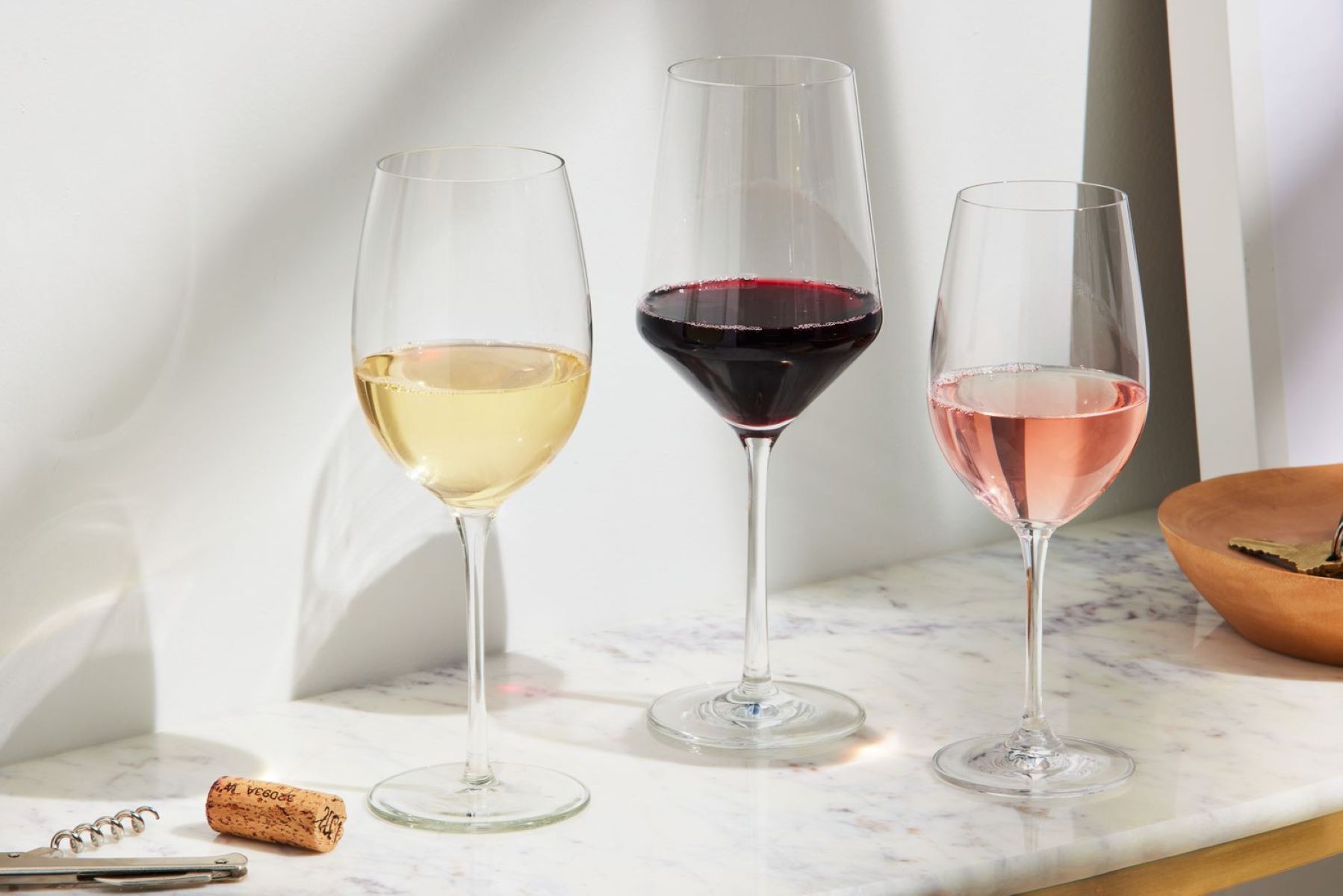

Interior Design Trends
What Does A Wine Glass Look Like
Modified: February 17, 2024
Discover the latest interior design trends for wine glasses and elevate your dining experience. Explore innovative styles and shapes for a modern touch.
(Many of the links in this article redirect to a specific reviewed product. Your purchase of these products through affiliate links helps to generate commission for Storables.com, at no extra cost. Learn more)
The Anatomy of a Wine Glass
A wine glass is not just a vessel for holding wine; it is a carefully designed instrument that enhances the sensory experience of enjoying wine. Understanding the anatomy of a wine glass is crucial for appreciating its role in bringing out the best in every sip.
-
Base: The base of a wine glass provides stability and support. It is essential for keeping the glass upright and preventing spills. A well-balanced base ensures that the glass sits securely on any surface, allowing the wine to remain undisturbed.
-
Stem: The stem of a wine glass serves a dual purpose. Firstly, it allows the drinker to hold the glass without warming the wine with body heat, preserving the wine's optimal temperature. Secondly, it prevents fingerprints from marring the bowl, maintaining the visual appeal of the wine.
-
Bowl: The bowl of a wine glass is where the magic happens. Its shape and size significantly impact the wine-drinking experience. The bowl's design influences the wine's aeration, allowing the aromas to develop and intensify. Additionally, the bowl's volume affects the wine's exposure to oxygen, which can alter the wine's flavor profile.
-
Rim: The rim of a wine glass plays a crucial role in directing the wine to the palate. A thin, smooth rim ensures that the wine flows seamlessly, enhancing the tasting experience. The shape of the rim can also influence the perception of the wine's flavors, making it an integral part of the overall design.
-
Opening: The opening of the wine glass, also known as the aperture, determines how the wine interacts with the air and how the aromas are released. The size of the opening can impact the concentration of aromas as they reach the nose, contributing to the overall enjoyment of the wine.
Understanding the intricacies of a wine glass's anatomy sheds light on the thoughtful craftsmanship behind this seemingly simple vessel. Each component plays a vital role in elevating the wine-drinking experience, making the choice of wine glass an essential consideration for wine enthusiasts and connoisseurs alike.
Key Takeaways:
- Wine glasses have different parts like the base, stem, bowl, rim, and opening, each serving a specific purpose to enhance the wine-drinking experience. Understanding these parts can help appreciate the craftsmanship behind wine glasses.
- Different types of wine glasses, such as red, white, sparkling, dessert, and universal, are designed to complement specific wine varietals, enhancing the sensory enjoyment of different wines. Choosing the right wine glass can elevate the aroma, flavor, and overall presentation of the wine.
Read more: What Does A Champagne Glass Look Like
Different Types of Wine Glasses
Wine enthusiasts are well aware that the shape and design of a wine glass can significantly impact the tasting experience. Different types of wine glasses have been meticulously crafted to complement specific wine varietals, allowing the drinker to fully appreciate the nuances of each wine. Understanding the distinct characteristics of various wine glasses is essential for enhancing the sensory enjoyment of different wines.
-
Red Wine Glasses: These glasses typically have a larger bowl and a wider opening to allow ample aeration, which is crucial for red wines to release their complex aromas. The broad surface area of the bowl also facilitates the oxidation process, softening the tannins and enhancing the wine's flavors. Examples include Bordeaux glasses, Burgundy glasses, and Cabernet Sauvignon glasses, each tailored to the unique characteristics of the respective red wine varietals.
-
White Wine Glasses: White wine glasses are designed with a more U-shaped bowl and a narrower opening to preserve the delicate aromas of white wines. The smaller bowl size helps maintain the wine's cooler temperature, while the tapered opening directs the aromas toward the nose, enhancing the overall tasting experience. Variants such as Chardonnay glasses and Sauvignon Blanc glasses are specifically engineered to elevate the characteristics of different white wine types.
-
Sparkling Wine Glasses: Also known as flutes, these glasses feature a tall, narrow bowl that minimizes the wine's surface area, preserving the effervescence and carbonation of sparkling wines. The elongated shape allows the bubbles to travel in a continuous stream, enhancing the visual appeal and effervescence of the wine. Flutes are designed to maintain the wine's carbonation and showcase its lively, bubbly nature, making them ideal for enjoying sparkling wines such as Champagne and Prosecco.
-
Dessert Wine Glasses: These glasses are smaller in size, with a narrow bowl to concentrate the rich aromas of dessert wines. The diminutive design helps to highlight the sweetness and complexity of dessert wines, allowing the drinker to savor their intense flavors. The smaller capacity also encourages smaller servings, as dessert wines are typically enjoyed in moderation due to their concentrated sweetness.
-
Universal Wine Glasses: As the name suggests, universal wine glasses are versatile and suitable for a wide range of wine styles. They feature a balanced bowl size and shape, making them adaptable for both red and white wines. While they may not be tailored to specific varietals, universal wine glasses offer convenience and flexibility, making them a practical choice for everyday use.
By recognizing the distinct characteristics of different wine glasses, wine enthusiasts can elevate their tasting experiences and gain a deeper appreciation for the diverse array of wines available. Selecting the appropriate wine glass for a specific varietal can enhance the wine's aromas, flavors, and overall presentation, enriching the enjoyment of every sip.
Choosing the Right Wine Glass
Selecting the right wine glass is a pivotal aspect of the wine-drinking experience, as it can significantly influence the aroma, flavor, and overall enjoyment of the wine. When choosing a wine glass, several factors should be considered to ensure that the glass complements the specific characteristics of the wine being served.
The first consideration is the type of wine being enjoyed. Different wine varietals have unique characteristics, and using a wine glass specifically designed for a particular type of wine can enhance its sensory attributes. For example, serving a bold Cabernet Sauvignon in a glass with a larger bowl allows the wine to breathe, unlocking its full potential, while a more delicate Riesling benefits from a smaller, narrower glass that preserves its delicate aromas.
The shape of the wine glass is also crucial. The bowl's design can impact the wine's aeration and the concentration of its aromas. For red wines, glasses with a wider bowl and larger surface area facilitate oxidation, softening the tannins and enhancing the wine's flavors. Conversely, white wine glasses with a more U-shaped bowl and a narrower opening help maintain cooler temperatures and direct the delicate aromas toward the nose, enriching the tasting experience.
Furthermore, the quality of the glass should not be overlooked. Opting for high-quality, thin-blown glassware can elevate the overall drinking experience. Thin glass allows the wine to flow smoothly onto the palate, enhancing the sensory perception of the wine's texture and flavors. Additionally, the transparency of the glass allows the wine's color and clarity to be fully appreciated, adding to the visual appeal of the wine-drinking experience.
Consideration should also be given to the occasion and setting in which the wine will be served. For formal gatherings or wine tastings, using varietal-specific wine glasses demonstrates a refined attention to detail and enhances the presentation of the wine. On the other hand, for casual settings or everyday use, universal wine glasses offer practicality and versatility, catering to a wide range of wine styles without the need for multiple glassware options.
In essence, choosing the right wine glass involves a thoughtful consideration of the wine varietal, the glass's shape and quality, and the occasion. By selecting a wine glass that complements the specific characteristics of the wine being served, enthusiasts can elevate their wine-drinking experience, unlocking the full potential of each sip and savoring the nuances of different wines.
A wine glass typically has a long stem and a wide, round bowl. The shape of the bowl helps to aerate the wine and concentrate its aromas. When choosing a wine glass, look for one that is clear and thin to better appreciate the color and aroma of the wine.
The Importance of the Shape and Size of a Wine Glass
The shape and size of a wine glass play a pivotal role in shaping the sensory experience of enjoying wine. Each element of a wine glass's design, from the curvature of the bowl to the width of the opening, is carefully crafted to enhance the aromas, flavors, and overall presentation of the wine. Understanding the significance of these design features sheds light on the profound impact they have on the wine-drinking experience.
The shape of the wine glass, particularly the curvature of the bowl, influences the wine's aeration and the concentration of its aromas. For red wines, glasses with a larger, more expansive bowl provide ample space for the wine to breathe, allowing the aromas to develop and intensify. This aeration process softens the wine's tannins and enhances its flavors, unlocking the full spectrum of sensory nuances with each sip. Conversely, white wine glasses with a more U-shaped bowl and a narrower opening help maintain cooler temperatures and direct the delicate aromas toward the nose, enriching the tasting experience.
Furthermore, the size of the wine glass, particularly the bowl's volume, affects the wine's exposure to oxygen. A larger bowl allows for greater surface area contact with the air, facilitating the oxidation process for red wines and contributing to the wine's development and expression of flavors. In contrast, smaller bowls for white wines help preserve their cooler temperatures and concentrate their nuanced aromas, ensuring that every sip delivers a refreshing and aromatic experience.
The width of the opening, also known as the aperture, is another critical factor in the design of a wine glass. The size of the opening determines how the wine interacts with the air and how the aromas are released. A narrower opening can concentrate the aromas as they reach the nose, intensifying the olfactory experience, while a wider opening allows for a more expansive release of aromas, enhancing the overall sensory perception of the wine.
In essence, the shape and size of a wine glass are meticulously engineered to optimize the sensory enjoyment of wine. By selecting a wine glass that aligns with the specific characteristics of the wine being served, enthusiasts can elevate their wine-drinking experience, unlocking the full potential of each sip and savoring the nuanced expressions of different wines.
How to Properly Hold a Wine Glass
Properly holding a wine glass is not merely a matter of etiquette; it also has a significant impact on the wine-drinking experience. The way a wine glass is held can influence the wine's temperature, aroma, and overall presentation. Whether at a formal gathering or a casual get-together, mastering the art of holding a wine glass enhances the sensory enjoyment of the wine and reflects a refined appreciation for the beverage.
When holding a wine glass, it is essential to grasp the stem rather than the bowl. The stem serves a crucial purpose beyond aesthetics; it prevents body heat from warming the wine. By holding the stem, the wine remains at its optimal serving temperature, allowing the drinker to fully experience the wine's intended flavors and aromas. Additionally, holding the stem minimizes the risk of leaving fingerprints on the bowl, preserving the visual appeal of the wine and maintaining its pristine presentation.
The act of swirling the wine in the glass is an integral part of the wine-tasting ritual, and the way the glass is held facilitates this process. By gently swirling the wine, the drinker aerates the wine, releasing its complex aromas and enhancing its bouquet. Holding the glass by the stem provides the necessary dexterity to swirl the wine gracefully, allowing the aromas to develop and intensify before taking a sip.
Furthermore, holding the wine glass by the stem or base, rather than the bowl, prevents the transfer of body heat to the wine. Temperature plays a critical role in the perception of wine, particularly for white and sparkling wines, which are best served chilled. By avoiding direct contact with the bowl, the wine remains at the desired temperature, ensuring that its refreshing qualities are preserved until the last sip.
In social settings, the way a wine glass is held can also convey a sense of elegance and sophistication. By demonstrating the proper technique of holding a wine glass, individuals exude a refined demeanor and an appreciation for the nuances of wine culture. This attention to detail enhances the overall ambiance of the gathering and contributes to a more enjoyable and sophisticated wine-drinking experience for all participants.
In essence, mastering the art of holding a wine glass by the stem or base is a simple yet impactful way to elevate the wine-drinking experience. By preserving the wine's temperature, enhancing its aromas, and conveying a sense of refinement, the proper technique of holding a wine glass enriches the sensory enjoyment of wine and reflects a genuine appreciation for the beverage's artistry and craftsmanship.
Frequently Asked Questions about What Does A Wine Glass Look Like
Was this page helpful?
At Storables.com, we guarantee accurate and reliable information. Our content, validated by Expert Board Contributors, is crafted following stringent Editorial Policies. We're committed to providing you with well-researched, expert-backed insights for all your informational needs.
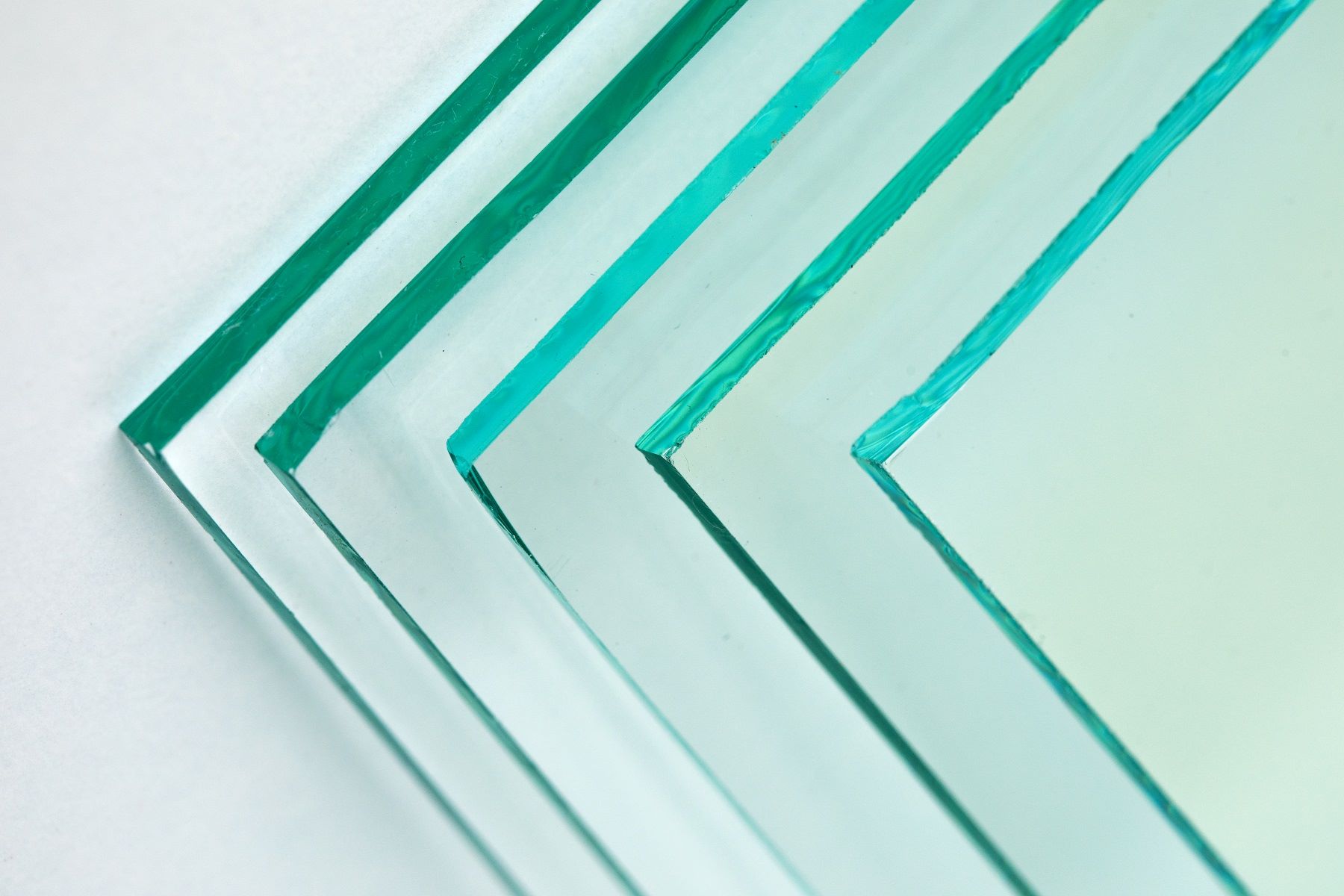
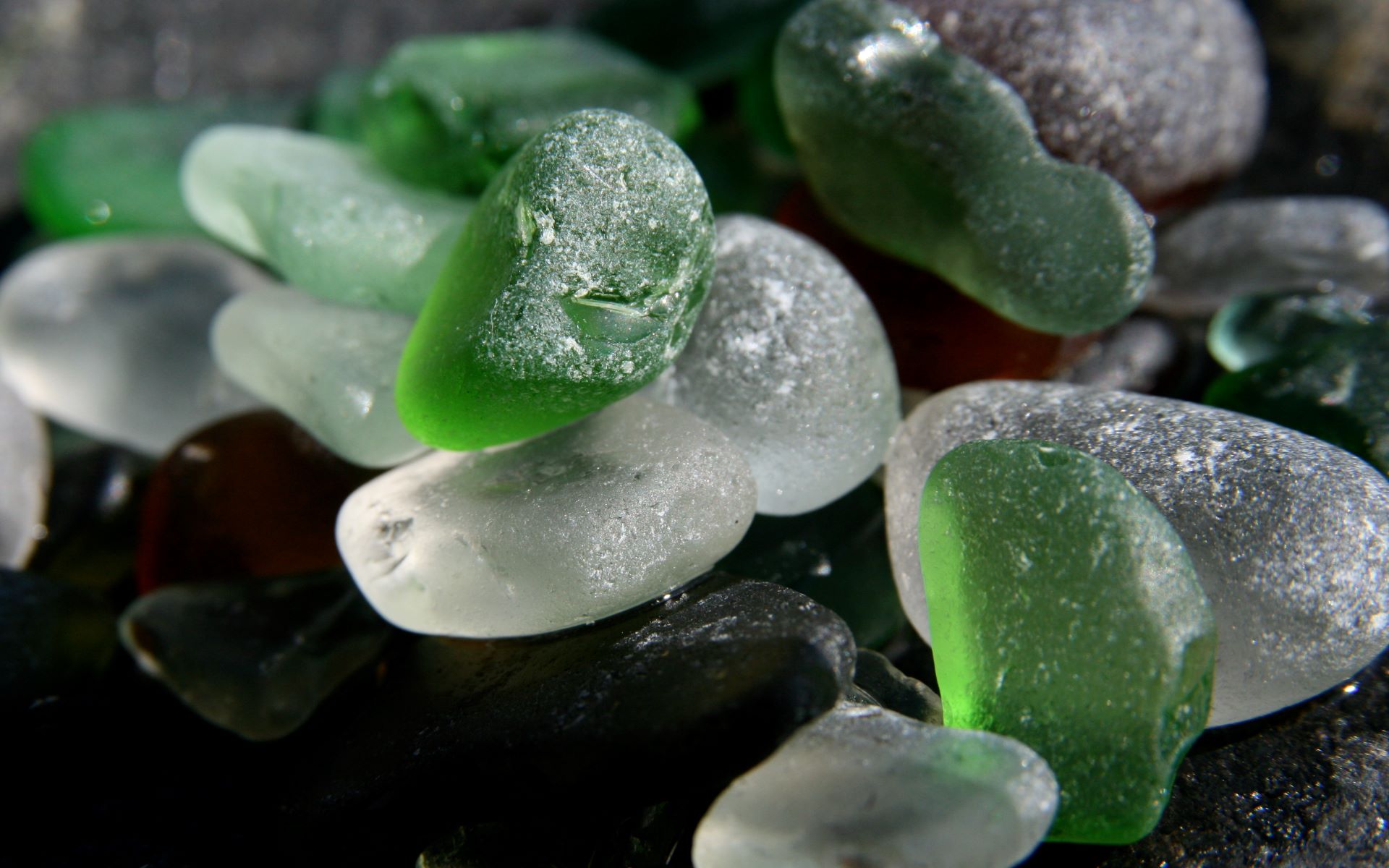
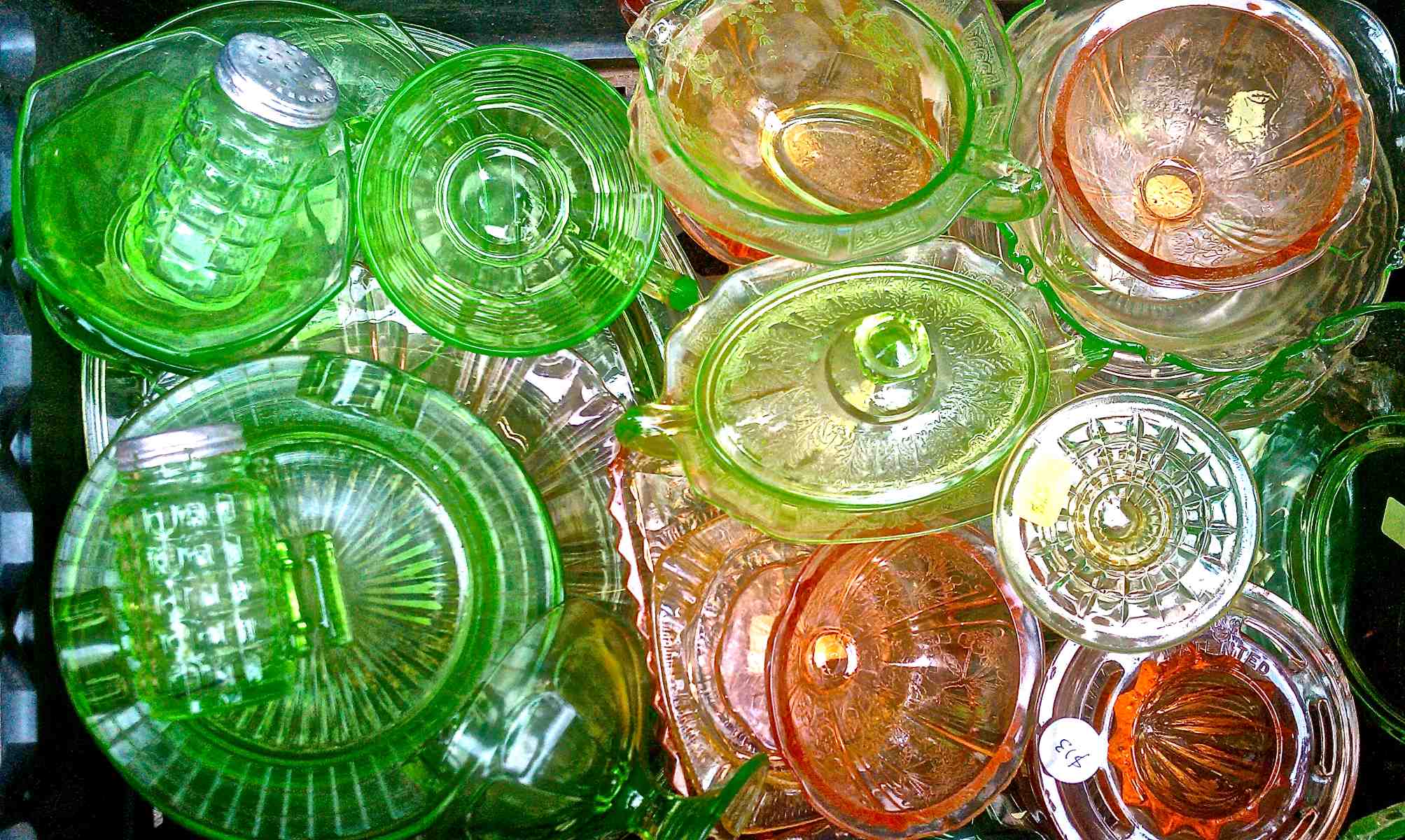
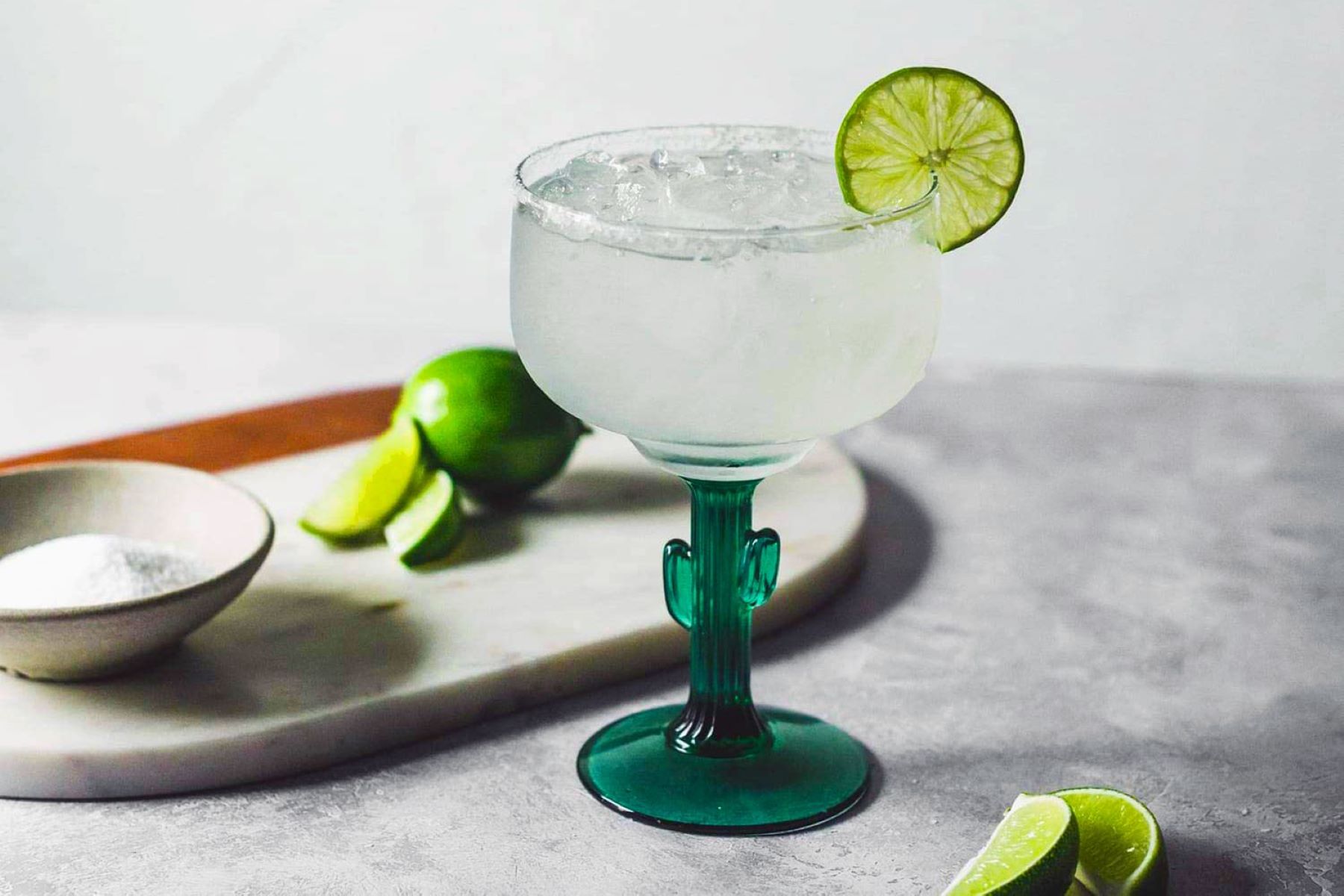
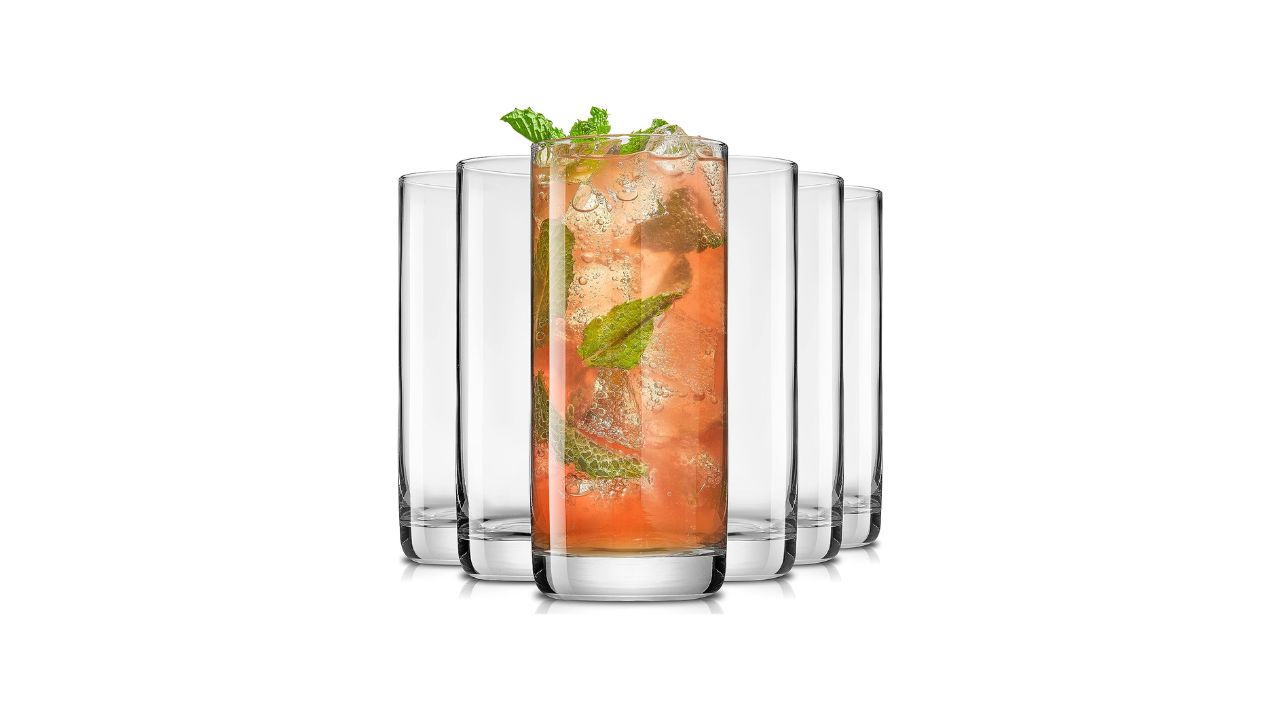
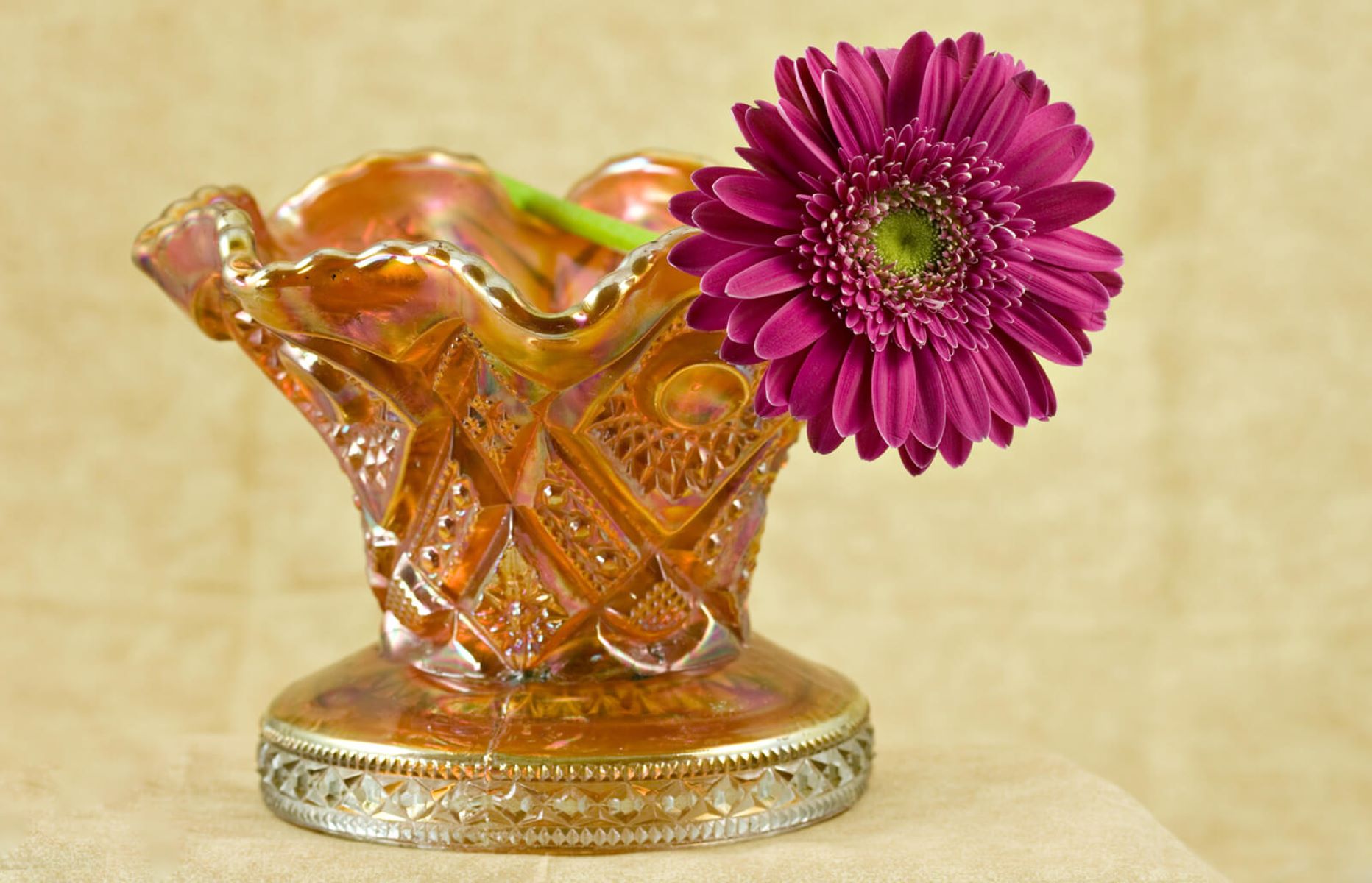
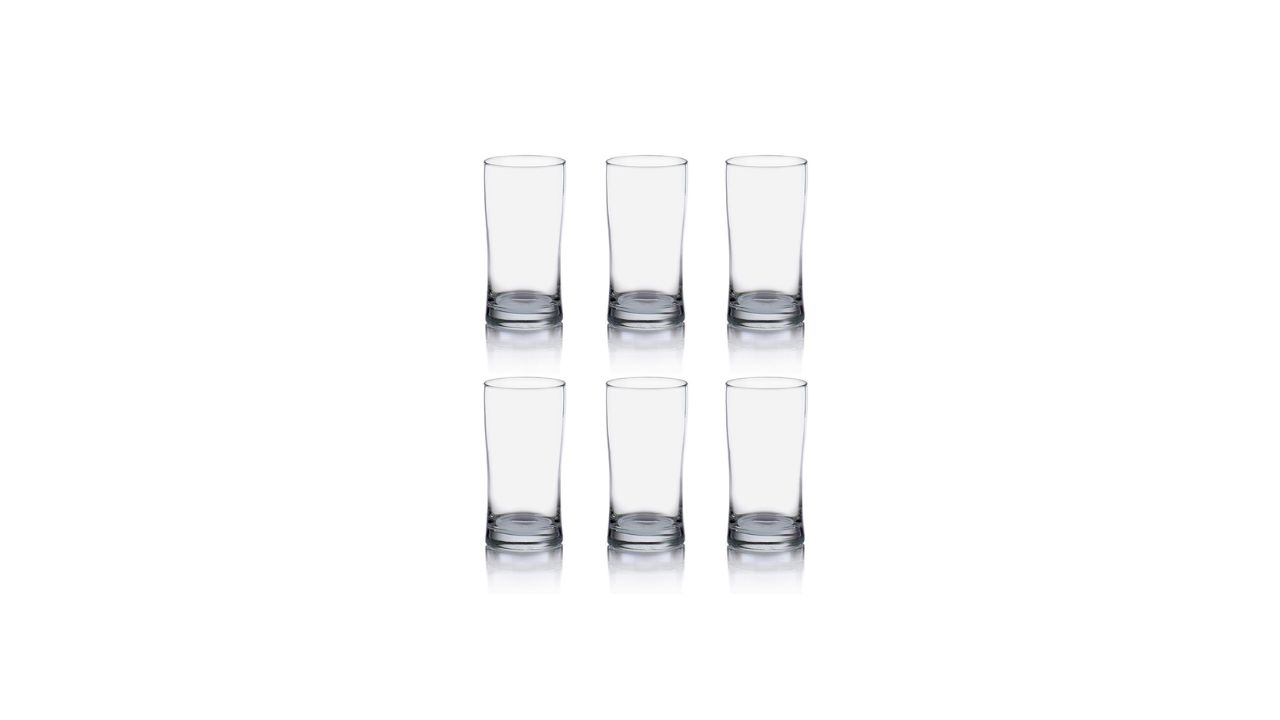
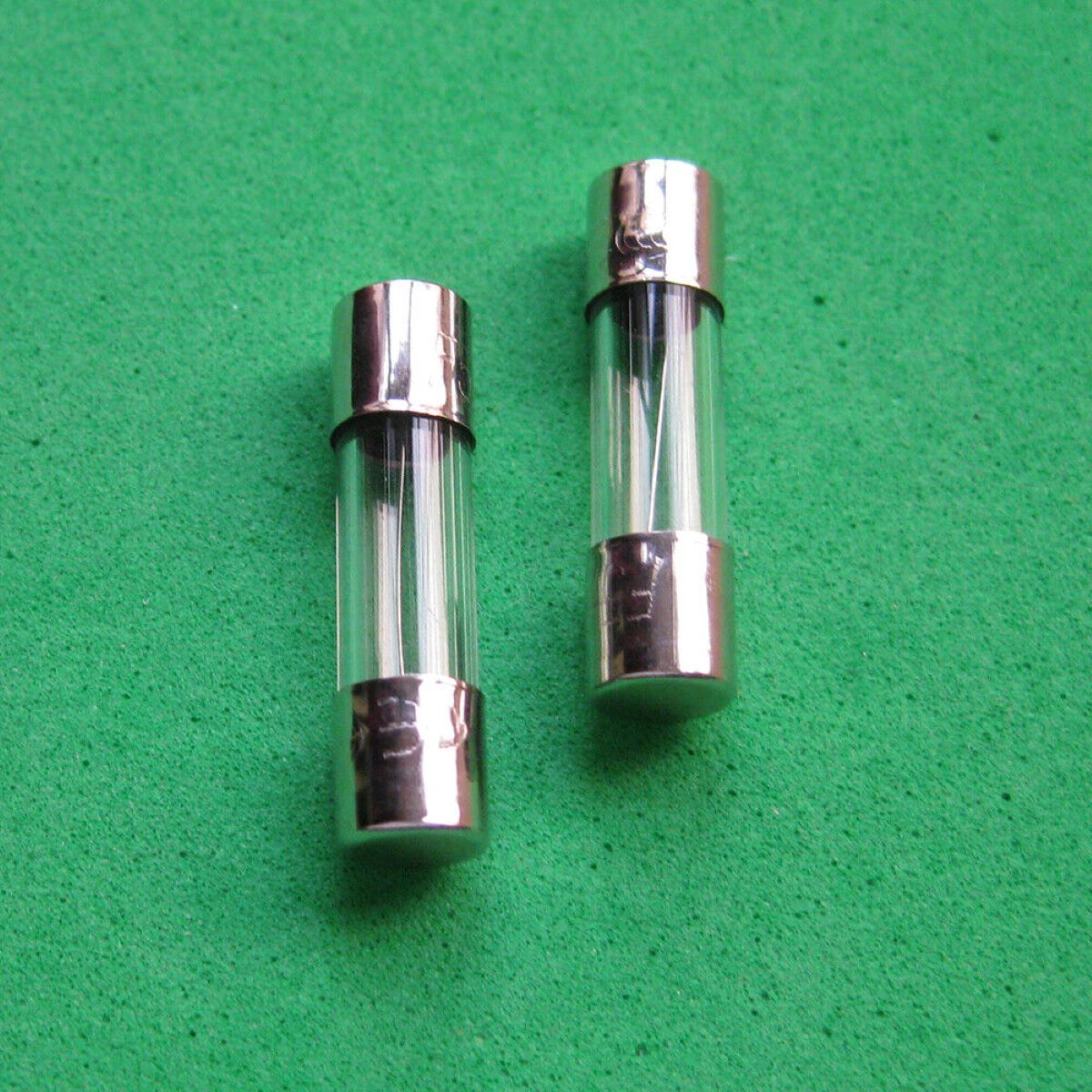




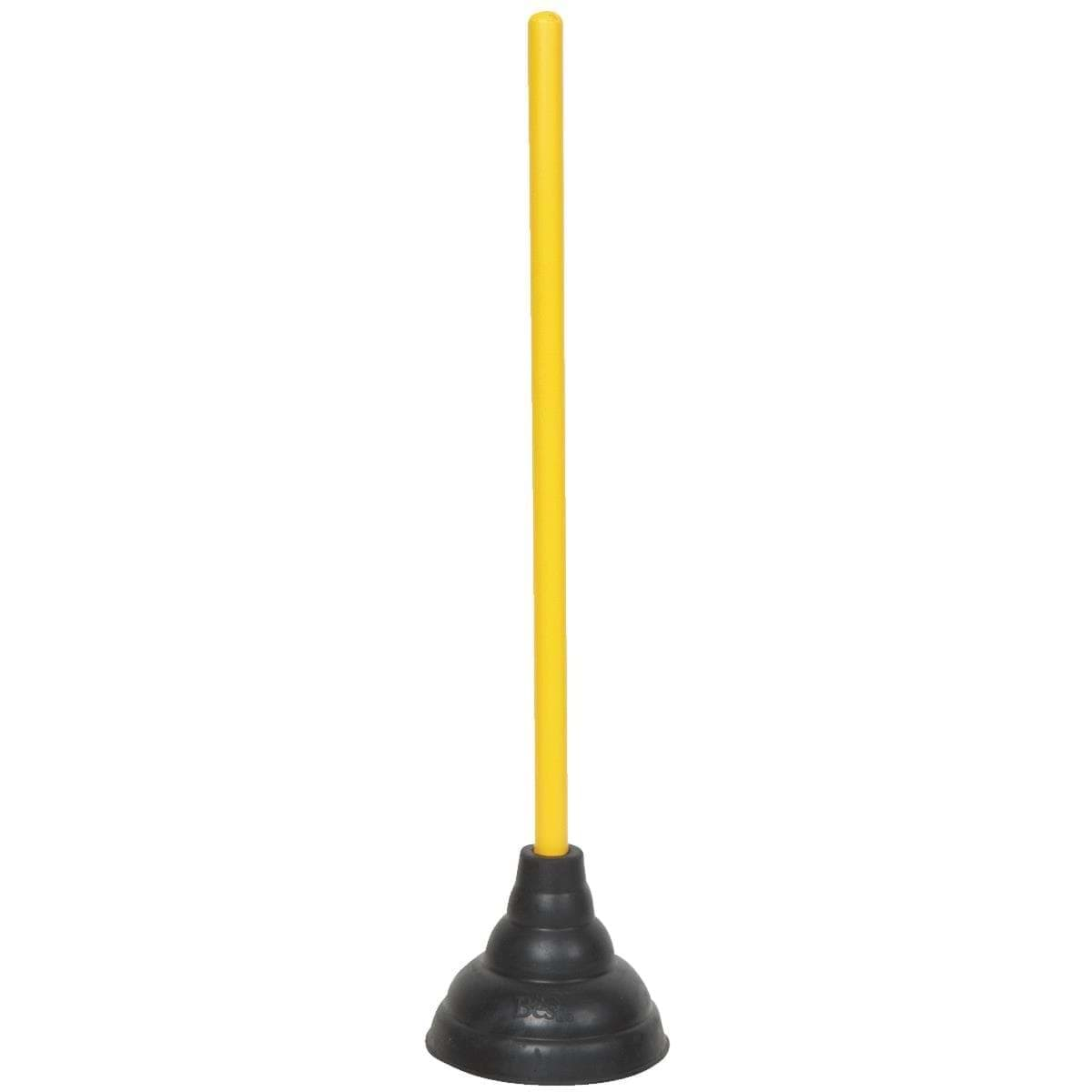
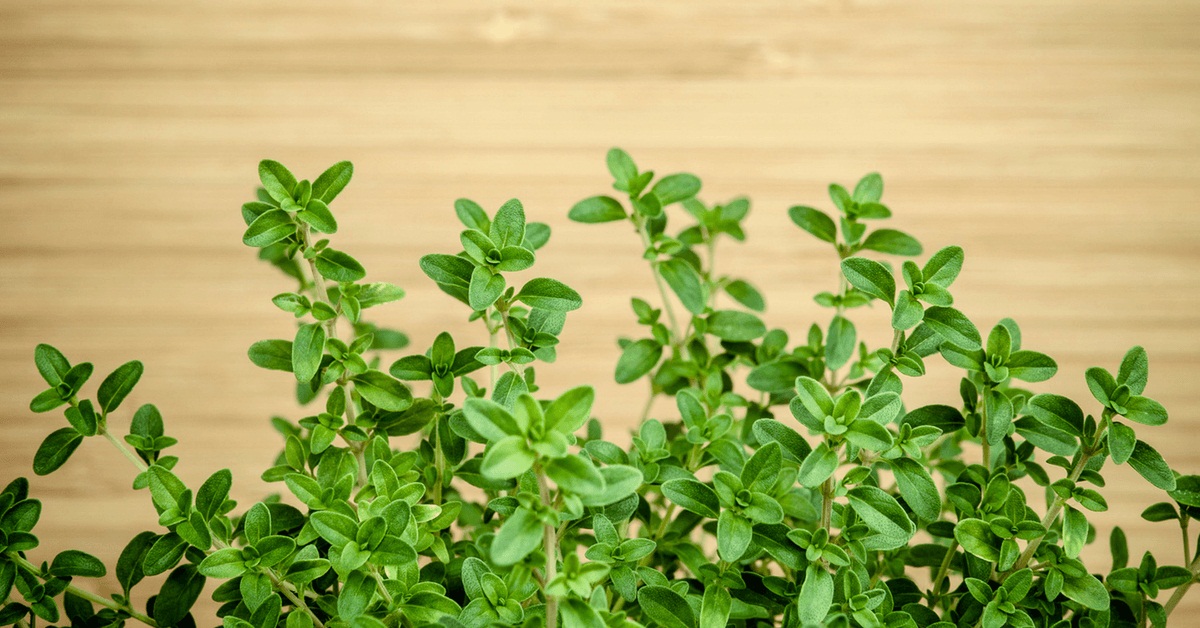
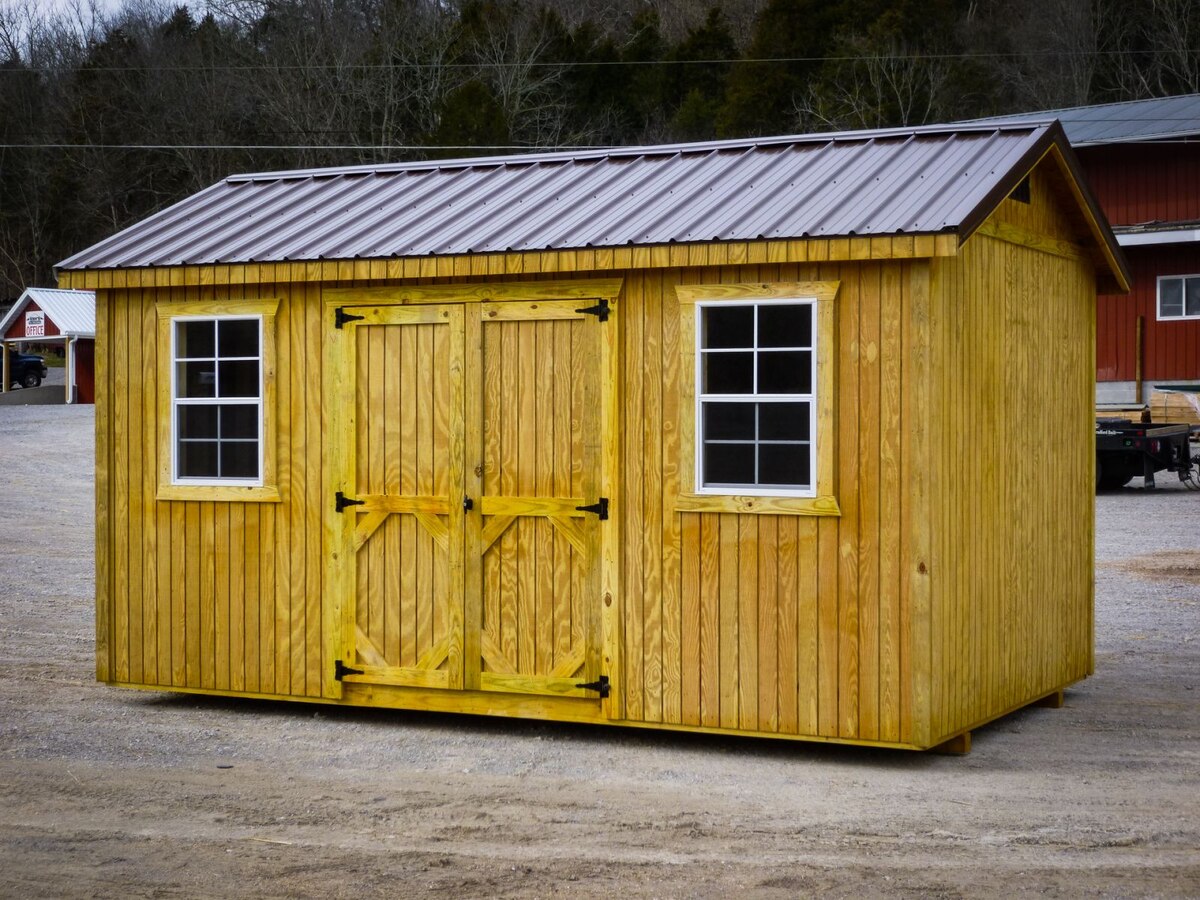

0 thoughts on “What Does A Wine Glass Look Like”